Name Harry Pidgeon | Role Sailor | |
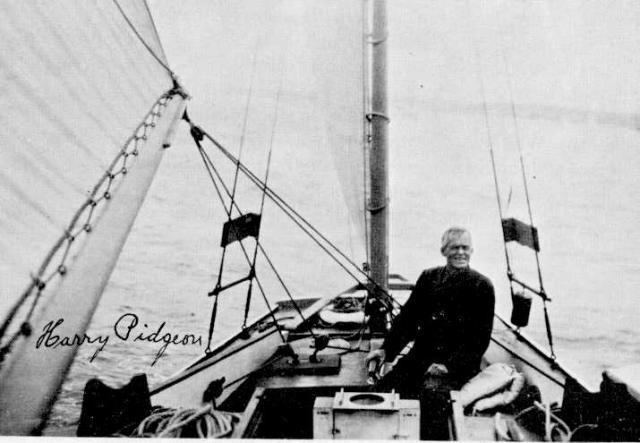 | ||
Books Around the world single-handed | ||
Harry Clifford Pidgeon (August 31, 1869 – November 4, 1954) was an American sailor, a noted photographer, and was the second person to sail single-handedly around the world (1921-1925), 23 years after Joshua Slocum, a professional sea captain. Pidgeon was the first person to do this via the Panama Canal, and the first person to solo circumnavigate the world twice. On both trips, he sailed a 34-foot yawl named the Islander, which Pidgeon constructed by himself. Prior to his first trip, Pidgeon had no prior experience sailing. He accounts for his adventures in his book, Around the World Single-Handed: The Cruise of the "Islander" (1932).
Contents
- Biography
- Islander
- Solo circumnavigations
- Demise of the Islander
- Later life
- Photography
- Legacy
- Book
- References
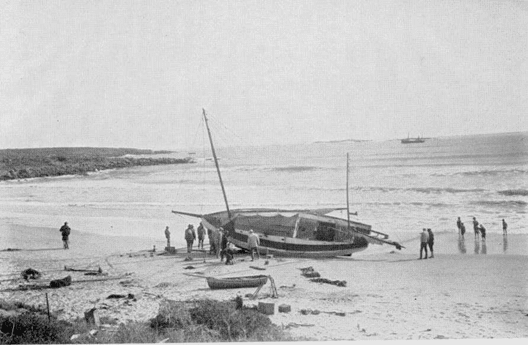
Biography
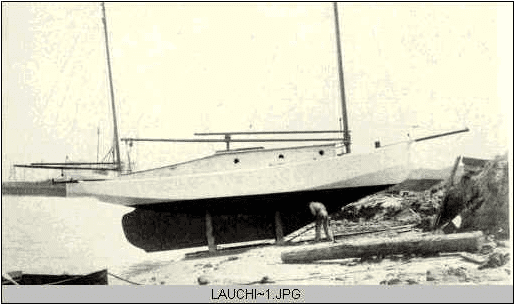
Harry Clifford Pidgeon was born 31 August 1869 on a farm in Iowa. His father, Isaac Marion Pidgeon, was married 3 times and had a total of 12 children. The family were Quakers. At the age of 15, he set out for California where he found work on a ranch. Before long, he traveled north to Alaska, where he took a raft down the Yukon River and spent some time sailing among the small islands of the southeastern Alaskan coast. Later, he returned to California and traveled and worked in the Sierra Nevada mountains, taking up a career in photography.
Islander
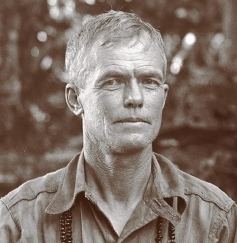
In 1917, Pidgeon started constructing the Islander from plans he copied from a book in the local library. He built it in the Port of Los Angeles. The Islander cost $1,000 in materials and took a year and a half of hard work. Upon completion, he tested the yawl with trips to Catalina Island and then to Hawaii and back.
Solo circumnavigations
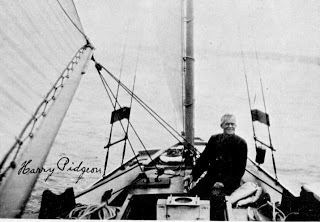
After he gained confidence in his boat and his abilities, Pidgeon set out for the Marquesas Islands on November 18, 1921. This began his first four-year circumnavigation. His leisurely trip included stays in the Marquesas, Samoa, Fiji, New Hebrides, New Guinea, the Torres Strait, Christmas Island, the Cocos Islands, Mauritius, Cape Town, St. Helena, Ascension Island, Trinidad Island, Cristobal, the Panama Canal, and his return to Los Angeles on October 31, 1925. This trip is accounted for in his book, Around the World Single-Handed.
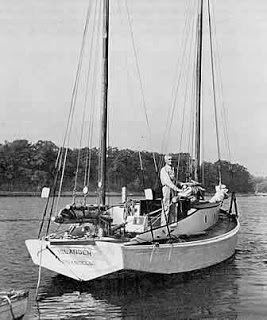
In 1926 he was awarded the Blue Water Medal.
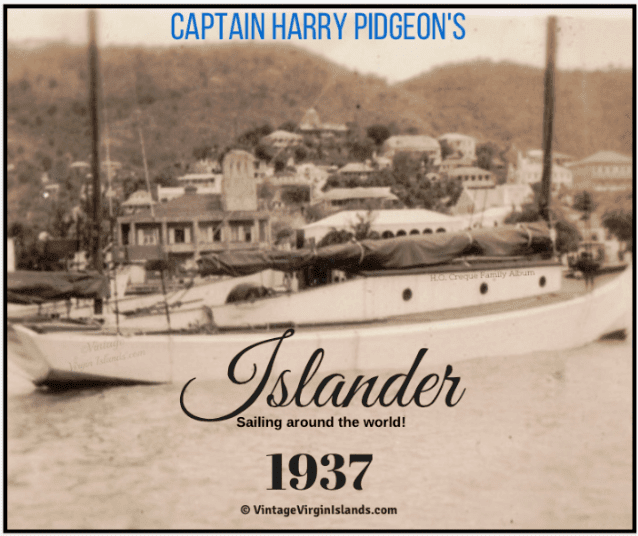
Starting in 1932, Pidgeon embarked on another solo circumnavigation, this one lasting five years.
Demise of the Islander

In 1947, he and his wife (married 6 May 1944) and one crewman set out for yet another circumnavigation. On this trip, on January 23, 1948, the Islander was damaged by rough weather and then broken up on some rocks in the New Hebrides Islands. It was in Hog Harbour on the island of Espiritu Santo. Only some navigation equipment and the sails were salvageable.
Later life
He met his wife, Margaret Dexter Gardner, in Byram, Connecticut. Gardner was the daughter of an oceangoing sea captain and born aboard the "J.H. Dexter". Of his marriage, Pidgeon said, "I have never been married, but now that I was 72 years old, I considered myself sufficiently ripe to give it a try."
Pidgeon died of pneumonia on November 4, 1954, at the age of 85 at the San Pedro Community Hospital in San Pedro, California.
Photography
Pidgeon's photographs are highly valued for their ethnographic significance. He left over 1,500 negatives of his trips with the Mohle family (Commander Robert Mohle of Manhattan Beach, CA). These are now in the collection of the California Museum of Photography at the University of California, Riverside.
There is also a collection of his work from the Sierras, documenting the everyday life in the logging community, at the California State University, Fresno.
Another small collection, including glass plate negatives of both Pidgeon's time in Yosemite's Sugar Pine logging camps and his circumnavigation along with maps, books and other artifacts Pidgeon collected during his travels has remained in the family, and now belongs to Mr. Michael McKinney, Pidgeon's Great, Great Nephew.
Legacy
Pidgeon donated items from his voyages to the Cabrillo Museum in Los Angeles.
Pidgeon was somewhat unusual in that his trips were not done as tests of his bravery, publicity stunts, or any reason other than interest in seeing the world. Moreover, Pidgeon had no previous experience with ocean navigation, boat-building, or long-distance sailing.
At the end of his book he wrote: "My voyage was not undertaken for the joy of sailing alone. It was my way of seeing some interesting parts of the world....Just the same, any landsman who builds his own vessel and sails it alone around the world will certainly meet with some adventures, so I shall offer no apology for my own voyage. Those days were the freest and happiest of my life."
